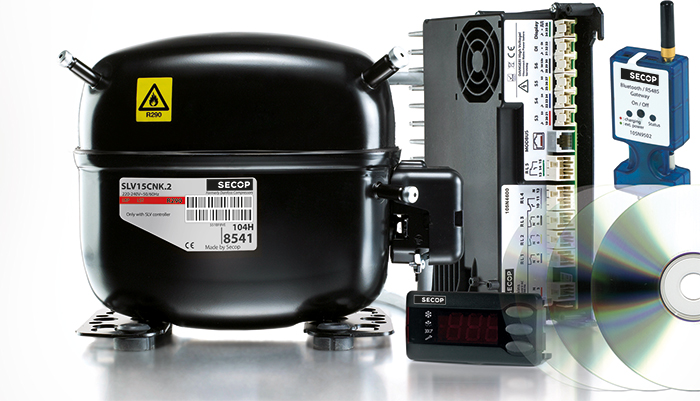Hydrocarbons are used in compressors
Hydrocarbons are a great oil-less and energy efficient solution to compression motor systems. Where it’s been used in Europe and parts of South Africa, R290 and R60 cooling systems have reportedly used a fraction of previous power consumption under the same conditions at the same location. However the concerns which come with using this solution remain strong. This can be off-putting to companies who would like to be more energy efficient and consumers who don’t want to take on the risks associated with a more combustible gas. Hydrocarbons are flammable which means there are regulations on how much can be used per area and per recharge. In some places they are not allowed to be used.
The traditional method had been to use CFCs (Chlorofluorocarbons) which were very hard on the ozone layer. Then a mixture of HFCs (Hydrofluorocarbons)came along which was better for the environment but still lacking. It has been stated that refrigerant HFO-1234ze, a hydrocarbon mix, has a global warming potential of less than one. There are many variations of refrigerants using hydrocarbons with similar results, just look for the HFO at the beginning of the label.
Wikipedia: http://en.wikipedia.org/wiki/Hydrocarbon
There is considerable interest in the US to have restrictions on hydrocarbons relaxed or changed to reflect the individual situation. Studies with companies such as Danfoss suggest that a space can be designed or re-designed to make the use of hydrocarbons as refrigeration safe. Some potential uses for hydrocarbons include air conditioning and refrigeration for example small chillers to heat pumps as well as coolers and freezers for the larger commercial food industry. Additionally hydrocarbon compounds can be used in offices and homes as air conditioning and hydrocarbon gas compressors can be used on land and in marine use.
There are ways that compressors can be made even more efficient when used with hydrocarbons. For instance, with various monitoring software it can be easy for a technician to discover which part may not be working at its optimum calibration, or if one compressor in a series is suddenly no longer running before it puts a strain on the rest of the functioning units which may struggle to keep up with the cooling needs. Planned shutdowns for regular maintenance are advised even where the loss of one compressor will not hinder the work of the others. This can mean that the hydrocarbon compressor which is operating at a much lower power use which is monitored regularly can be effectively improved by simple monitoring of systems for functionality.

